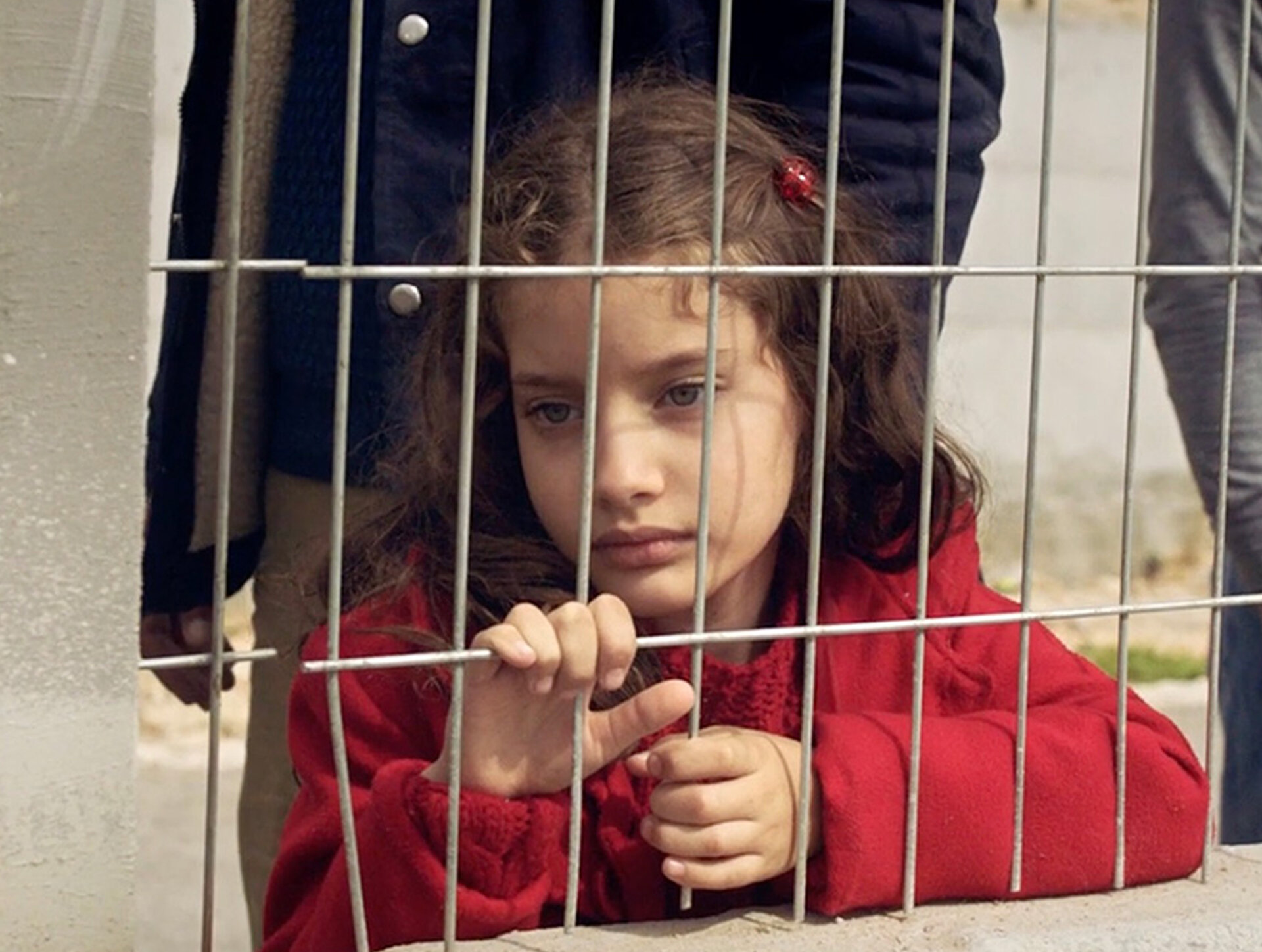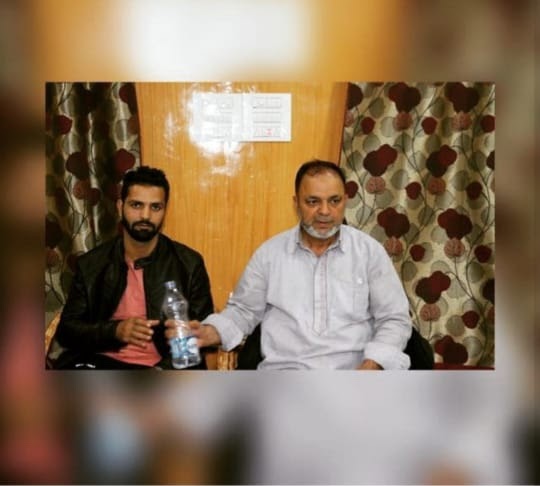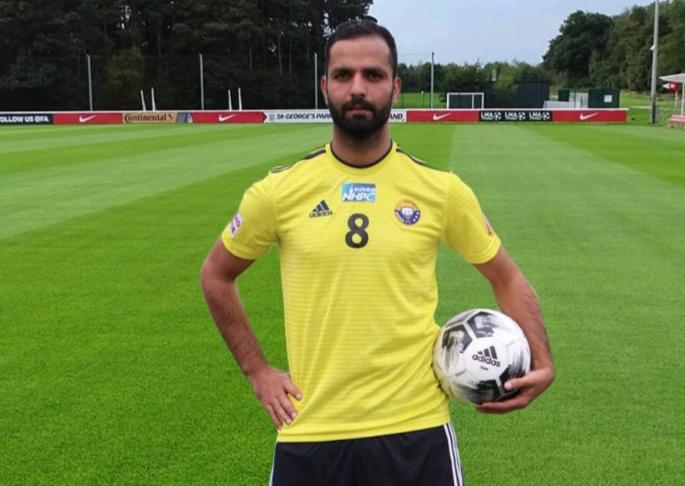
Asif Khan and Arbeena Shah
For the most part of its history, Hindi cinema and the Muslim relationship have revolved in intricate orbits. Their deportment and the nature of the film world are increasingly getting intertwined with each other. Taking upon itself to reform that, they optically discern as a fanatical group. Bollywood inclines to engender content pertaining to Muslims that tells them how they are supposed to live placidly in the country. Their religion is optically discerned maniacal which fuels bellicose tendencies in them against their country.
It looks conspicuous that Bollywood wants Indian Muslims to follow the cinematic version of Islam otherwise as shown in their movies they will land in trouble. In short, the only trustworthy Muslims in Bollywood movies are those who place India first while others are optically discerned as miscreants or threats. And in the spirit of this, radical symbolism and negative personification of Muslims is done.
A year ago, Indian filmmaker Neeraj Ghaywan noted in The Quint’s show ‘Film and Politics Roundtable‘ how Islamophobia is personified in films. “You look at the color palette, or how the production design is done while portraying Muslims. It’s mostly black, it’s mostly dimly lit, and it’s shot at a low level to have a demonizing effect. But as you show the other side, it’s all flowery and bright lights and shot at an eye level.” He had said.
This deliberate and relentless attack on the spirit of Islam has been a defining characteristic in Bollywood’s content over the years. A plethora of movies by Bollywood ever since partition have banked on this theme and made gold at the expense of persecution of the Muslim community. While Bollywood films ‘Amar, Akbar, and Anthony’ in the 1970’s avowed the secular nature of the country others like Phantom or the recently relinquished ‘Sooryavanshi’ juggled a good and lamentable Muslim portrayal.
This repetition and propagation of selective conceptions to influence the masses are perilous because this adds fuel to already rising levels of Islamophobia in India. And, it’s high time that this trend ceases because the grand prosperity of ‘Sooryavanshi’ is an ocular perceiver opener and tears apart the gasconade secular nature of India.
The repeated display of Indian Muslims as a threat to society has landed the minority vulnerable to mob attacks which have now been rampant in India. People may say that Bollywood has its impeccability put these lines to practice. “Repeat a prevarication often enough and it becomes the truth”, is a law of propaganda commonly attributed to the Nazi Joseph Goebbels. Psychologists refer to something like this as the “Illusory veracity effect.
Muslims have been demonized to an extent that it will take the life of Bollywood to rehabilitate their damaged image. When asked about his movie Rohit Shetty, the director of the highest-grossing movie of 2021 ‘Sooryavanshi’ which has taken Islamophobia to a new level replied in an interview with The Quint, “I ken there is an audience for such films.” And it’s a mammoth success just translates to that.
Sooryavanshi which contains everything that a typical Bollywood drama is kenned for, a more immensely colossal-than-life protagonist, objectification of women, Islamophobia, and Pakistan don’t only fail Muslims. They reveal much more about Bollywood.
‘Tip Tip Barsa Pani,’ a musical of Sooryavanshi visually perceived the camera moving impeccably to capture Katrina’s body on an immensely colossal screen for her fans. 30 years ago it was Raveena Tondon (another Bollywood actress) today it is Katrina Kaif while the male lead remains unchanged. An exasperating reminder of how Bollywood treats its elements differently. But it’s run-of-the-mill for Bollywood, over time Indian audiences have accepted this as mundane much homogeneous to Islamophobia.
As Sooryavanshi film shows Muslims praying before doing anything evil then by their logic their prayer must be evil too. So isn’t barring Muslims from performing their prayers as we see in the modern-day Indian replica of what Bollywood has fed Indian people. Another worrying aspect of the film is that it tries to strengthen the conspiracy of love Jihaad, which has been argued to be an act of abducting and converting Hindu women to Islam.
Rajasthan’s chief minister Ashok Gehlot had earlier in 2020 slammed the Bharatiya Janata Party (BJP), saying the party had manufactured the term “love jihad” to “divide the nation and disturb communal harmony.”
Sooryavanshi became a top grocer post-COVID lockdown at a time other films failed to make a big mark even after good reviews by film critics. Its success speaks volumes about the current atmosphere of hatred and animosity for Muslims fed by dirty politics. Also, it goes on to show the minimal level of media literacy present in Indian audiences. Under such circumstances, Bollywood becomes even more dangerous because it can trigger anyone among its Indian audiences to wage an attack on its Muslim counterparts. So Bollywood must stop romancing Islamophobia and focus on other problems in its society rather than acting as a propaganda machine in the 21st century.
The authors are freelance journalists and movie critics from Kashmir.
You can read the original piece that was published via Maktoob media by clicking on the link below.





















